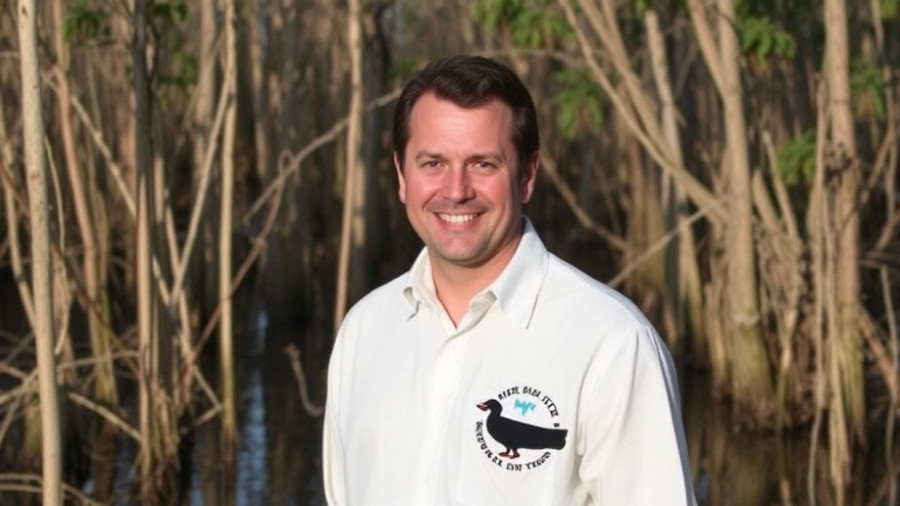
Trump's EPA Cuts Could Change the Landscape of Environmental Protection
The recent announcement by the Environmental Protection Agency (EPA) to eliminate its research and development office has sparked significant concern among environmentalists and public health advocates. This bold move, made by the Trump administration, aims to reduce staff by thousands and could harm vital research that underpins policies designed to protect both the environment and human health.
Understanding the Impacts of the Changes
As the EPA transitions to a new office of applied science and environmental solutions, the broader implications for public health become clear. This shift could undermine the agency’s capability to conduct essential scientific research which serves as the foundation for regulatory decisions affecting air and water quality. Some experts argue the elimination of the Office of Research and Development (ORD) could lead to a significant decline in the quality of scientific data available to inform environmental policies.
Public Health Advocates Warn of Devastating Consequences
Union leaders and lawmakers, including California Representative Zoe Lofgren, are vocal in their opposition to these changes. Lofgren characterized the decision as a "travesty" that threatens generational impacts on health and safety for millions of Americans. With an example of drastic personnel cuts of nearly 23% from the EPA workforce, critics worry about the capacity of the agency to effectively monitor environmental health standards and address emerging threats.
Comparing the New Office to Its Predecessor
The newly proposed office may have a different focus, but critics argue it lacks the comprehensive approach necessary to safeguard public health. The ORD’s role was crucial in linking scientific research directly with environmental policy, translating scientific findings into actionable regulations. The transition raises questions about whether the new office can replicate this model, given the expected loss of specialized staff and resources formerly dedicated to in-depth research.
A Broader Context of Workforce Reduction
This shift in EPA structure comes amidst sweeping efforts by the Trump administration to decrease the federal workforce. Just last week, a Supreme Court ruling eased restrictions on workforce reductions, prompting fears that essential government services—including those that protect public health—will decline. Environmental policy experts warn that such reductions could lead to increased pollution and degraded public health outcomes, demonstrating the human cost of budget cuts.
Future Predictions: Challenges Ahead for Environmental Research
Looking ahead, the ramifications of these changes could extend well beyond immediate job losses. The ongoing challenge is not just maintaining current environmental standards but also adapting to future concerns—like climate change and emerging contaminants—without robust scientific backing. Policymakers may face difficulties in crafting effective regulations when the foundation of their knowledge base is weakened.
Community Engagement: The Importance of Public Awareness
For property buyers, sellers, and investors, understanding these regulatory changes is more critical than ever. As decisions on environmental policies impact property values and community health, engaging with local leaders and advocating for sustainable practices becomes an imperative. Additionally, communities should stay informed about how such federal changes may alter local environmental initiatives and protections.
Taking Action: Voices of the Public Matter
It’s essential for citizens to voice their concerns regarding the EPA's restructuring. Engaging in local forums, reaching out to representatives, and participating in advocacy efforts can help ensure that public health remains a priority for policymakers. Every individual can make a difference by learning about environmental issues and rallying for continued support of scientific research and funding.
The series of changes at the EPA not only signify a transformation within a federal agency but also speak volumes about the direction of environmental policy in America. As the debate continues, the collective voice of concerned citizens and advocacy groups will be paramount in shaping a future that prioritizes health and sustainability.
 Add Row
Add Row  Add
Add 





Write A Comment